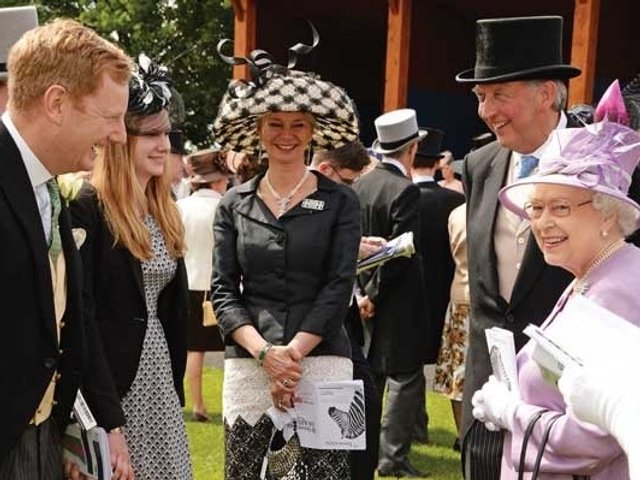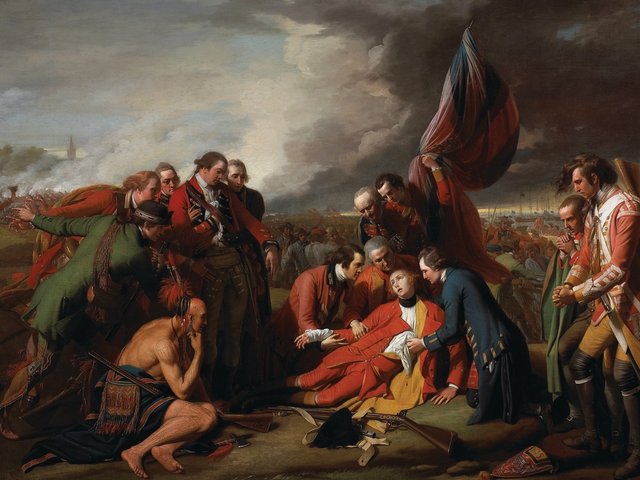The Earls of Derby have a long tradition of cultural patronage, as this collection of essays – Art, Animals and Politics – demonstrates. Edited by the indefatigable Stephen Lloyd, it is the product of a conference that took place at Knowsley Hall in 2013, described by contributor David Starkey as “a little bit like Knowsley itself – a huge accumulation of various bits and pieces… a statement of the variety of a great aristocratic house, all the things they get into and do”.
In fact, the book is less piecemeal than Starkey suggests, as it focuses on four aspects of the Derbys’ cultural activities: power and performance in Tudor and Georgian England; early 18th-century patronage and collecting; the Thirteenth Earl’s patronage of Edward Lear in the 19th century; and the family’s involvement in politics and foreign affairs from 1820-1900.
The most coherent section focuses on the methods and agents of Whig patron and collector James Stanley, Tenth Earl of Derby (1664-1736). The contributors have mined Knowsley’s important archive, which reveals how the Tenth Earl sought to rebuild the Derby collection following the dispersal of the Stanley family heirlooms after the Civil War. Like other collectors of the period, notably James Brydges, First Duke of Chandos (1674-1744), Derby pursued the best paintings but depended on the connoisseurship of his agents, who did not always serve him well. This small number of trusted art advisers included his relation, the young lawyer Edward Stanley, and the painters John Green (active 1721-26), Hamlet Winstanley (1694/8-1756) and Thomas Wright (active 1723-49).
Derby’s secretive methods sometimes led him to overpay for works of art when his agents unknowingly competed against each other, as Richard Stephens explains (for instance, at the posthumous sale of French artist Louis Chéron in 1726). However, from 1722-28, Derby spent almost £9,000 on more than 200 pictures. Some of these were indeed masterpieces, such as Belshazzar’s Feast by Rembrandt, acquired for him by Winstanley and now housed in the National Gallery in London. Derby boasted in 1725: “I verily believe I have as good pictures as any in England”.
The solid scholarship provided by contributors Richard Stephens, Jonathan Yarker and Xanthe Brooke on 18th-century collecting sits at the heart of the book, but it contains other unmissable essays. Admirers of the Metropolitan Museum of Art’s breathtaking portrait of Elizabeth Farren, later Twelfth Countess of Derby, painted in 1790 by Sir Thomas Lawrence, (a copy of which hangs at Knowsley Hall) will be fascinated by Gill Perry’s account of the sitter’s role in linking theatre with aristocratic culture. Equally, Sir David Attenborough offers an erudite and touching description of Edward Smith Stanley, the Thirteenth Earl of Derby’s (1775-1851) patronage of Edward Lear, complemented by Colin Harrison’s essay on Lear’s magnificent landscapes in the Derby Collection.
In summary, if this volume is an “omnium gatherum” of various contributions, it succeeds in providing an overview of the strengths of a collection that has been built up by the Earls of Derby for more than 500 years.
• Susan Jenkins is a curator and researcher into 17th- and 18th-century patronage and collecting. Her book, Portrait of a Patron: the Patronage and Collecting of James Brydges, First Duke of Chandos (1674-1744), was published in 2007
Art, Animals and Politics: Knowsley and the Earls of Derby
Stephen Lloyd, ed
Unicorn Press, 338pp, £60 (hb)



